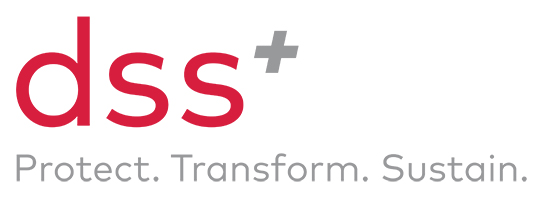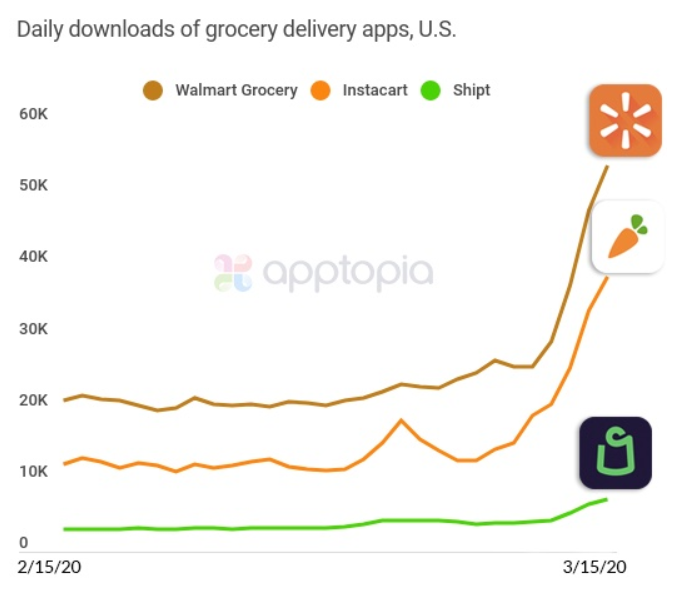
You have decided to investigate safety technologies with a specific interest in Smart Personal Protection Equipment (PPE). You want to explore what solutions might exist for your company. Where do you start? How do you go about identifying the best startups or products to work with?
The global market for Smart PPE is expected to grow from a projected USD 2.5 billion in 2019 to USD 5 billion in 2023. Driven by new product launches and partnerships, the market is changing fast.
Three main approaches are covered in this article: mapping out existing options, investing in internal resources to create your own solutions, and partnering with other companies.
Scouting for Safety Technology Solutions
There are various ways to scout and research available solutions in the realm of safety technologies. Some rely on internal resources, others leverage external collaborations, and all benefit from existing directories or platforms that connect vendors to potential buyers.
Here are a few ways for you to scout for safety technology, in this case Smart PPE solutions adapted to your company’s needs.
1. Mapping Out Your Options
One of the most effective starting points to scout for safety technologies is to understand what problem or need you are trying to solve. Once these pain points and target areas are identified, you can brainstorm potential solutions to address the specific issues your company is facing. This can be done through internal brainstorming with cross-functional teams, or external networking.
External networking refers to attending events and conferences that engage with startups directly. This typically includes hackathons, but they are more of a method to brainstorm potential new solutions. The focus is less on implementation, and more on ideation.
The next step involves an external market scan, mapping out the options to get a sense of what is available in terms of safety technology.
To get the most out of a mapping exercise, it is useful to be aware of any specific considerations early on. For example:
If your company operates in Australia, is it important to you that vendors be in a similar time zone?
If your leadership is based in China, is it critical for vendors to speak the same language as your C-Suite?
Do you need a solution that is ready to implement at-scale across your sites, or are you open to working with smaller vendor who could grow for and with you?
Mapping out the options is a strategic starting point no matter what your vision is for the Industry 4.0 iteration of your Safety Strategy.
2. Investing in Internal Resources
Some large companies allocate significant resources to innovation labs. These tend to be much broader than safety technologies, smart PPE, or even worker health and safety, but those themes will be included in the range of areas they focus on.
Other companies have innovation labs dedicated to safety and health, such as Ferrovial, one of the world’s leading infrastructure development groups headquartered in Madrid. With 92,000 employees worldwide, worker safety worldwide is one of their priorities.
With the support of dss+, Ferrovial established SafetyLab in the first half of 2019. This internal group explores ways to apply the use of robotic solutions, wearables, drones, and digital security to delivering risk-free work environments.
An internal innovation lab tends to be an approach that works best for multinationals that have a lot of resources available. They can pilot solutions in one site before scaling up regionally, nationally, and across countries. The viability of this approach for smaller companies can be less convincing given the high costs of research and development.
It is also possible to take a completely different approach, and look for a partner to create a marketable solution with.
3. Partnerships around Safety Technologies
Companies can engage in formal collaboration efforts with startups or other established organizations, to work together on designing and piloting new technology-enabled safety solutions as a joint effort.
In April 2019, for instance, Vuzix Corp. announced a partnership with Eaton Corp. Their focus will be to develop smart glasses for harsh and hazardous environments.
Vuzix is a leading supplier of smart glasses and augmented reality technology and products ready to expand into a new market segment, and Eaton is a power management company known for its innovation and expertise in safe certifications and solutions for harsh and hazardous areas. The collaboration thereby leverages the expertise of both entities to manufacture, market, and sell industry-leading ATEX-certified smart glasses.
If you are interested in a partnership, think of what your goals are, what resources and unique value add you can provide, and the kind of organization that will complement you while sharing your vision.
Whether you decide to map out your options, look into either investing in internal resources to create your own solutions, or partnering with other companies, the odds are this scouting process will only be the beginning of your journey into safety technologies and Smart PPE.
The dss+ team offers this overview of options to make it easier for you to get started, and are available to support you throughout every step of the process.
If there are any questions you would like answered, or if you have questions about how dss+ can support you, do not hesitate to reach out to enquiries@safetytech.ai. You can also sign up for the dss+ Newsletter to get quarterly hot-off-the-press updates right in your inbox.






